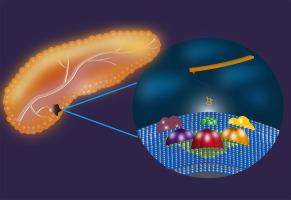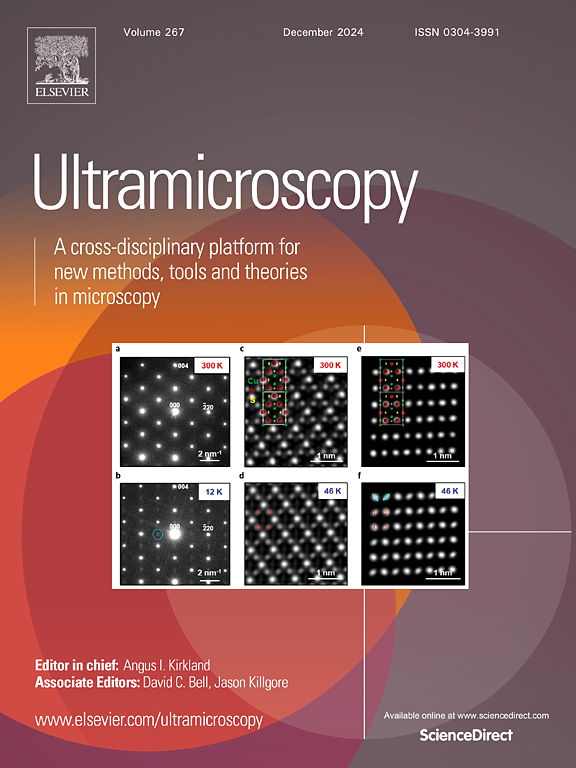Nucleolin is overexpressed on the surface of pancreatic cancer cells and are regarded as the remarkable therapeutic target. Aptamers are capable of binding the external domain of nucleolin on the cell surface with high affinity and specificity. But nucleolin has not been localized on pancreatic cancer cells at very high spatial resolution, and the interactions between nucleolin and aptamers have not been investigated at very high force resolution level. In this work, nucleolin was localized on pancreatic cancer and normal cells by aptamers (9FU-AS1411-NH2, AS1411-NH2 and CRONH2) in Single Molecule Recognition Imaging mode of Atomic Force Microscopy. There are plenty of nucleolin on the surfaces of pancreatic cancer cells (area percentage about 5 %), while there are little nucleolin on the surfaces of normal cells. The interactions between three types of aptamers and nucleolins on the surfaces of pancreatic cancer cells were investigated by Single Molecule Force Spectroscopy. The unbinding forces of nucleolins-(9FU-AS1411-NH2) are larger than nucleolins-(AS1411-NH2). The dissociation activation energy on nucleolin-(9FU-AS1411-NH2) is higher than nucleolin-(AS1411-NH2), which indicates that the former complex is more stable and harder to dissociate than the later complex. There are no unbinding forces between nucleolin and CRO
NH2. All these demonstrate that nucleolin was localized on pancreatic cancer and normal cells at single molecule level quantitatively, and the interactions (unbinding forces and kinetics) between nucleolin and aptamers were studied at picoNewton level. The approaches and results of this work will pave new ways in the investigations of nucleolin and aptamers, and will also be useful in the studies on other proteins and their corresponding aptamers.



